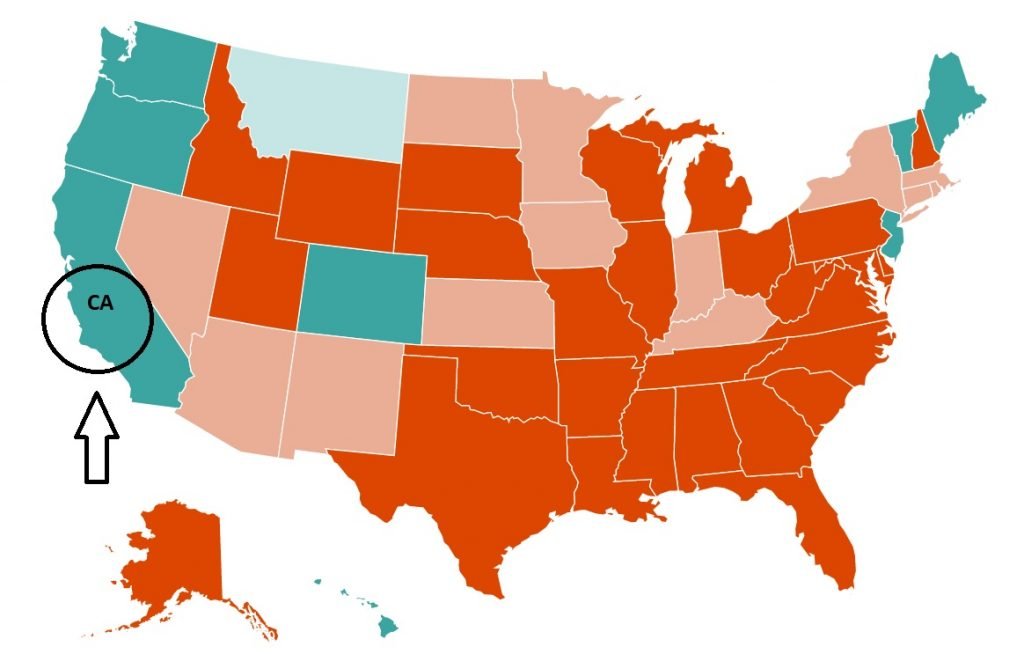
On February 11, 2021, a bill to amend California’s End of Life Option Act (EOLOA), End of Life, SB380, was introduced by Senator Susan Eggman (D). Five years after EOLOA allowed doctors to prescribe lethal doses of drugs to terminally ill people who want to end their lives, new legislation would make it easier for those who are dying to choose that option.
Summary of SB 380
The proposed amendment strengthens and improves the original legislation in these important ways:
- It eliminates the 2026 expiration date that was part of the original EOLOA, making California’s EOLOA permanent
- For individuals who have less than 15 days to live, It eliminates the 15-day waiting period between the two requests to access the life ending medications required by the original act.
- It requires all oral and written requests by individuals to access the life ending medications be entered into a patient’s record, and that this record follows individuals from one doctor to another as well as one medical facility to another.
- It allows licensed clinical social workers and licensed professional counselors as well as psychiatrists and psychologists to determine an individual’s mental capacity to make medical decisions.
- It requires doctors to provide information on the EOLOA to terminally ill patients requesting such information.
- It requires doctors/medical facilities who do not participate in the EOLOA to refer terminally ill patients to those who do participate in this act.
- It requires most medical facilities to post their willingness to participate in the EOLOA on their websites.
- For terminally ill patients who have already made two oral and one written request for life ending medications, it eliminates the requirement for a final attestation statement.
The bill would speed up the process for patients whose physicians certify they are close to death.
“We know that thousands of Californians have been able to access the law, but we also know that there are unfortunately too many unnecessary regulatory roadblocks that are preventing dying patients from being able to access the law,” said Kim Callinan, chief executive of the Compassion and Choices Action Network, a national nonprofit that supports medical aid-in-dying laws.
Chris Davis
Chris Davis, a 29-year-old photographer and preschool instructional aide from Ontario, Calif., was someone who died before he could complete the 13-step process. His wife, Amanda Villegas, said her husband asked for a prescription for a lethal dose, but the hospital he was in turned down his request, citing questions about the legality of the practice. The hospital said he would have to go through a long process to get another healthcare institution to help. Davis ran out of time, his wife said, adding that the last 10 days were very painful for him despite pain relief medication he received.
Obstacles under the existing law
Under the existing law, patients must be diagnosed with less than six months to live, evaluated by two physicians and deemed mentally capable of making their own healthcare decisions. Eligible patients must make two verbal requests at least 15 days apart and one written request that is signed, dated and witnessed by two adults.
Physicians can refuse to participate, and some have done so after their patients have already gone through much of the process, said state Sen. Susan Talamantes Eggman (D-Stockton), who coauthored the 2016 law and is the author of the new bill. As a result of the regulations, a process that could be completed in as few as 17 days can sometimes take months, preventing patients from getting a prescription before they lose consciousness or die.
The legislation introduced this week would waive the 15-day waiting period if a doctor determined the patient wouldn’t live long enough to complete the process. The waiting period was included as a concession by the bill’s authors to some concerned lawmakers to provide protections aimed at preventing patients from making rash decisions based on the conditions of one moment. Patients must also fill out forms proving their eligibility.

 California
California
 United States of America
United States of America